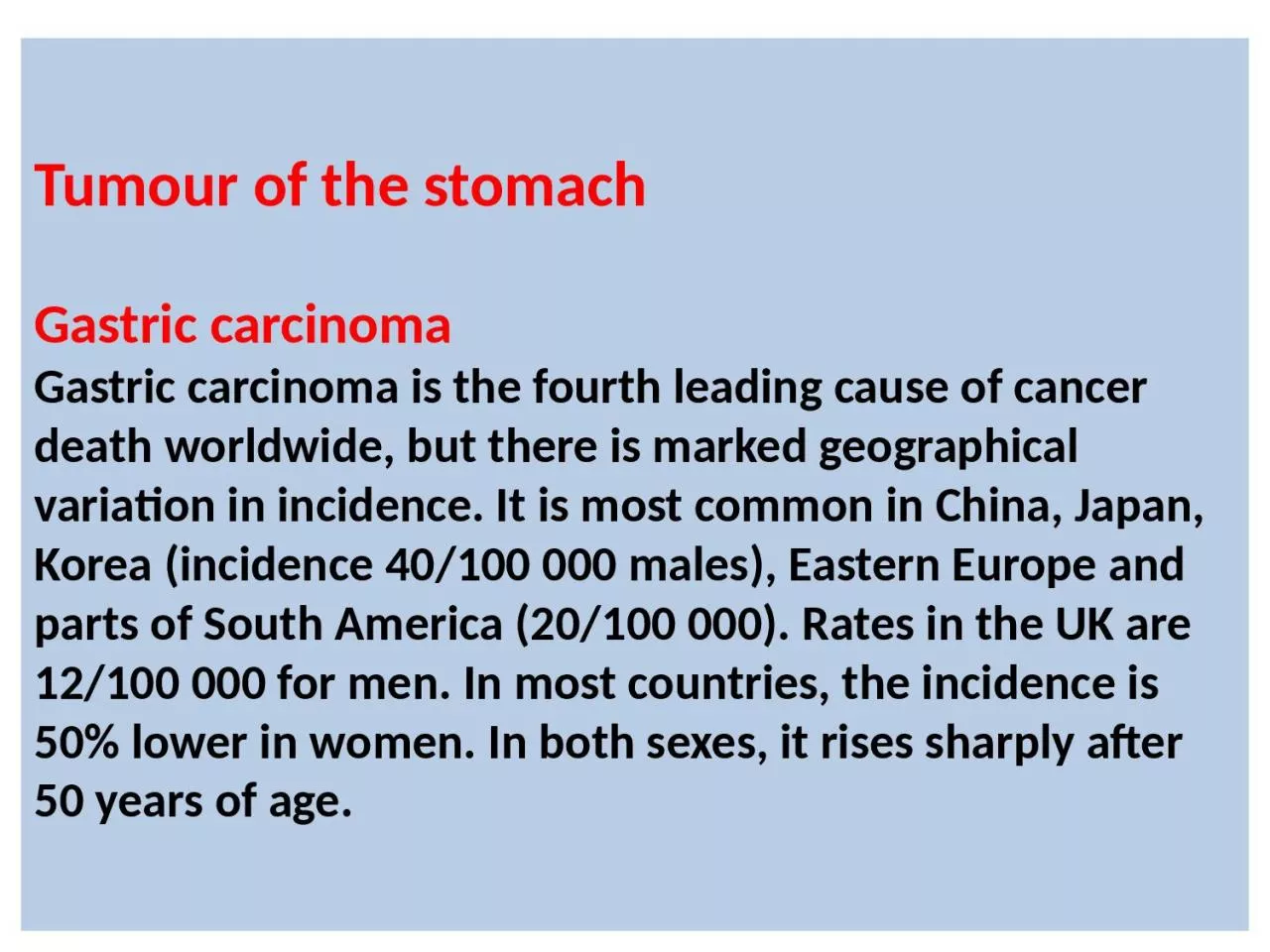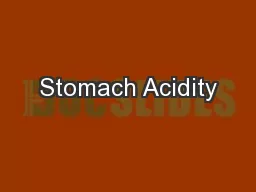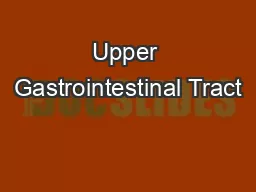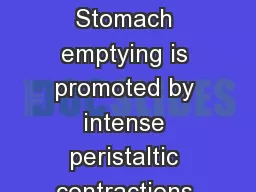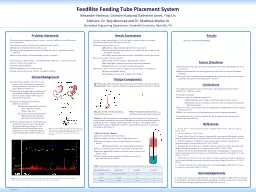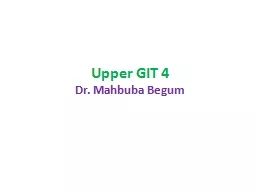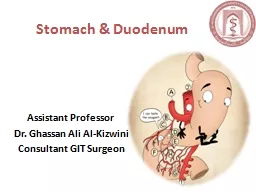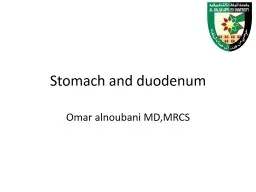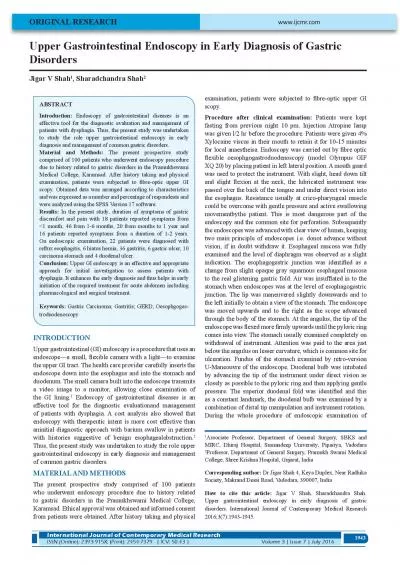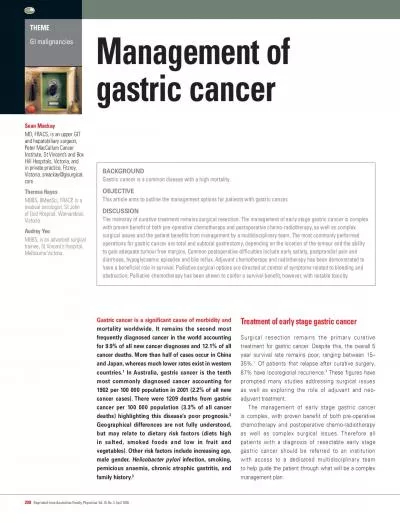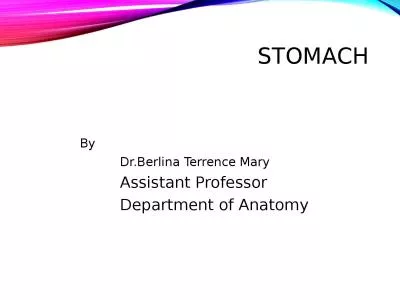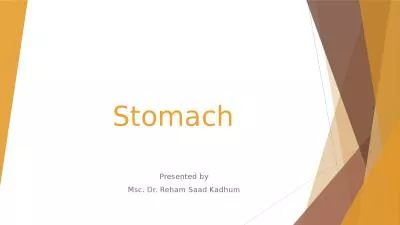PPT-Tumour of the stomach Gastric carcinoma
Author : jasmine | Published Date : 2024-02-02
Gastric carcinoma is the fourth leading cause of cancer death worldwide but there is marked geographical variation in incidence It is most common in China Japan
Presentation Embed Code
Download Presentation
Download Presentation The PPT/PDF document "Tumour of the stomach Gastric carcinom..." is the property of its rightful owner. Permission is granted to download and print the materials on this website for personal, non-commercial use only, and to display it on your personal computer provided you do not modify the materials and that you retain all copyright notices contained in the materials. By downloading content from our website, you accept the terms of this agreement.
Tumour of the stomach Gastric carcinoma: Transcript
Download Rules Of Document
"Tumour of the stomach Gastric carcinoma"The content belongs to its owner. You may download and print it for personal use, without modification, and keep all copyright notices. By downloading, you agree to these terms.
Related Documents

